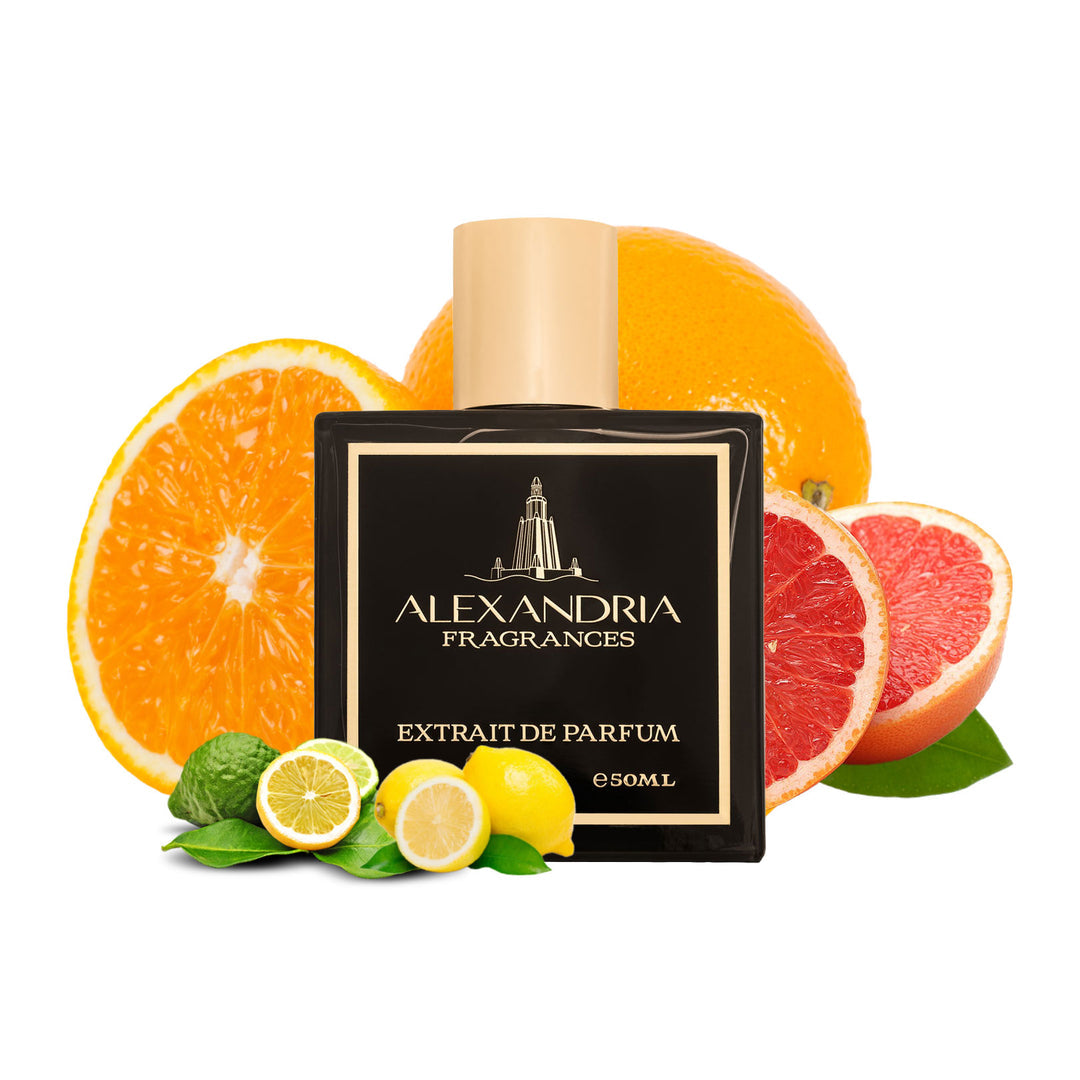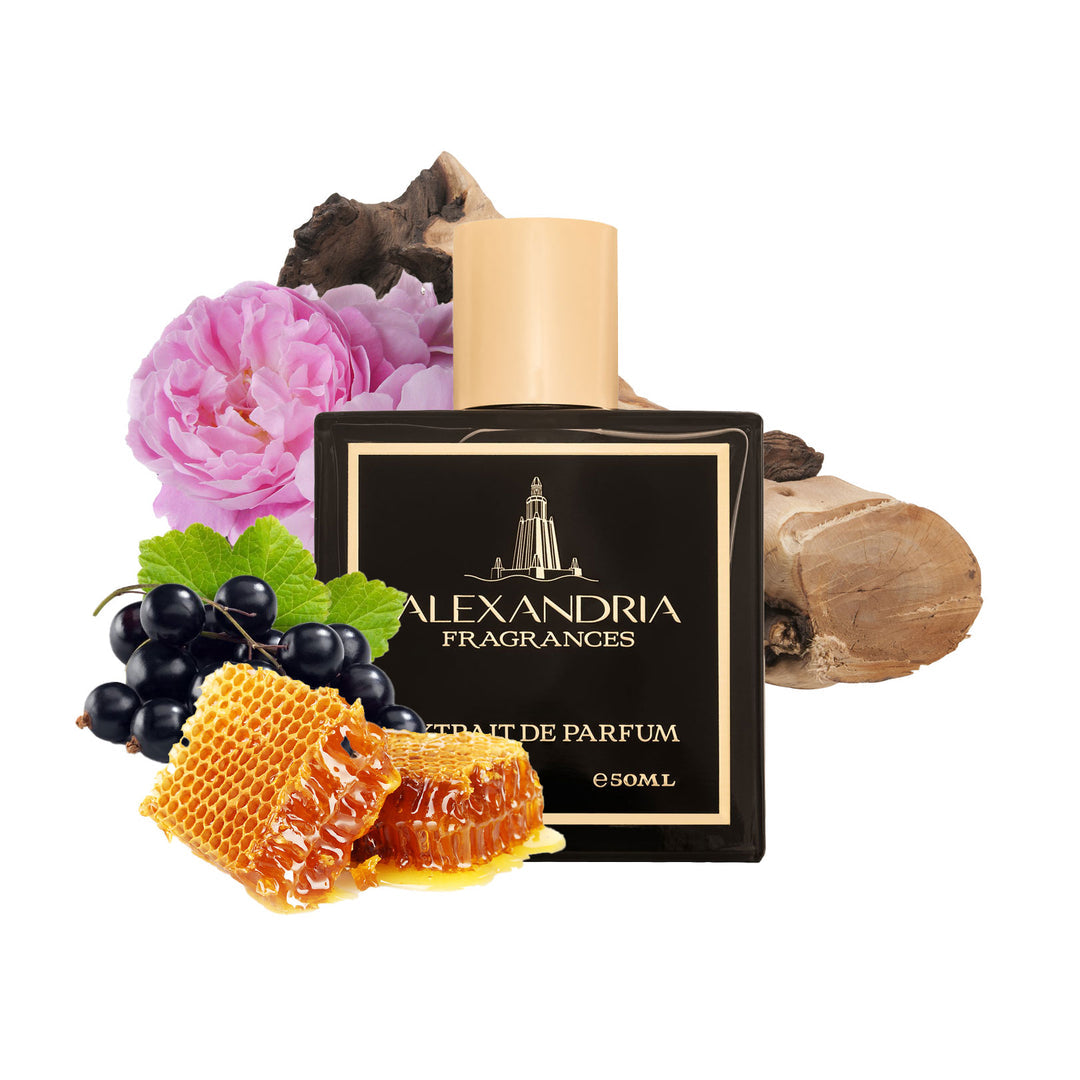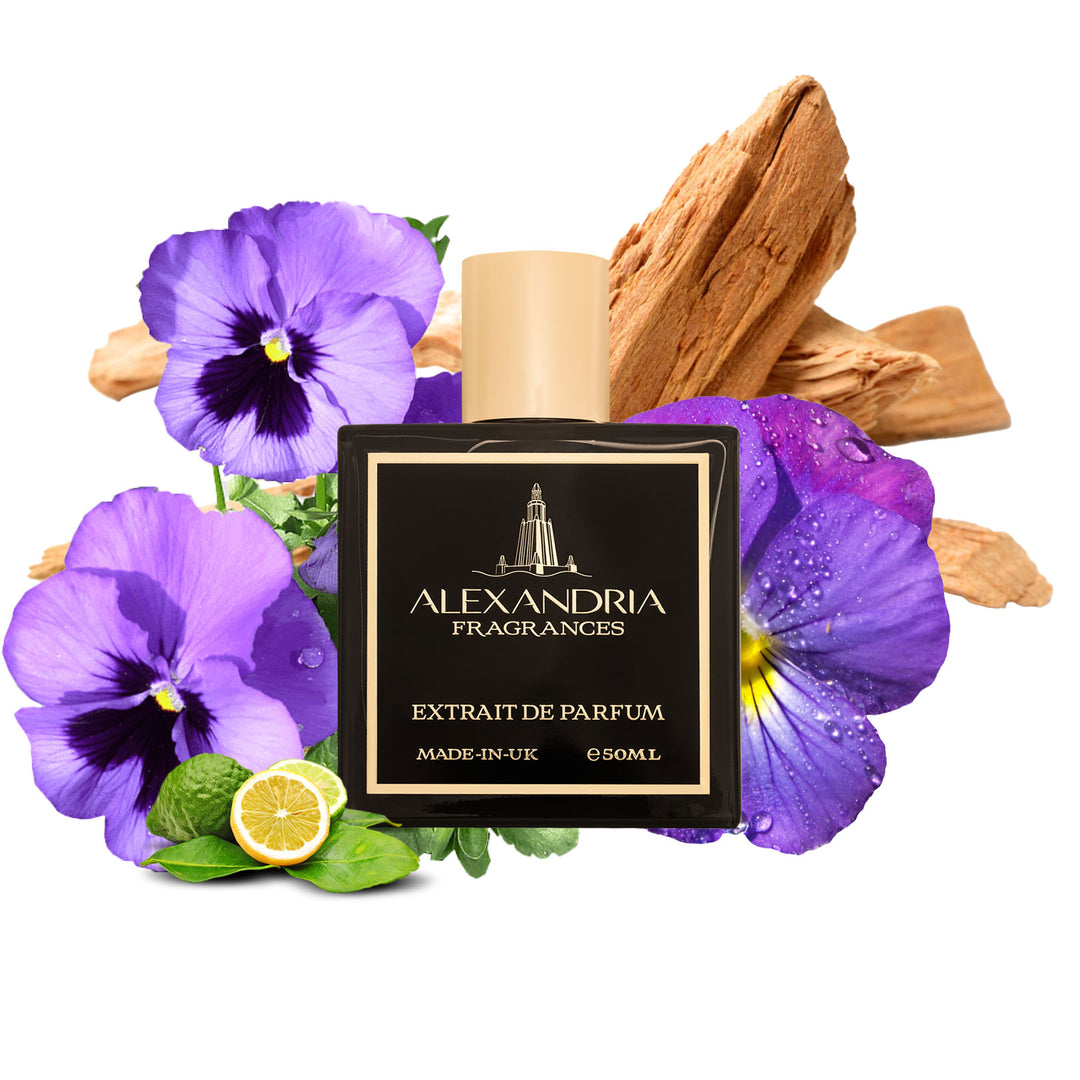
Challenges in Replicating High-End Fragrances
Frequently Asked Questions
1. What are the main challenges in replicating high-end perfumes?
2. Why is ingredient sourcing a significant hurdle in fragrance replication?
3. How does fragrance formulation relate to chemistry?
4. What role do consumer expectations play in fragrance development?
5. What trends are currently impacting the fragrance industry?
The world of fragrance is an intricate and aromatic realm full of wonder, but it is also rife with challenges, especially when it comes to replicating high-end perfumes. Creating a successful replica can be both an art and a science, presenting obstacles that require expertise, creativity, and precision. In this article, we will explore the challenges faced by fragrance developers in producing luxury perfume clones and delve into what it takes to craft an effective Isola D’Santorini replica.
The Allure of High-End Fragrances
High-end fragrances have an undeniable allure; they evoke emotions, memories, and even entire experiences. From the moment a premium scent hits the skin or the air, it creates a unique atmosphere. This emotional connection is precisely why many fragrance enthusiasts are on the constant lookout for ways to recreate their favourite scents without the hefty price tag that often comes with them. However, achieving this is far from straightforward.
Understanding the Complexity of Fragrance Development
Creating a fragrance is akin to composing a symphony. Just as a musical piece requires a harmonious blend of instruments, fragrances involve a combination of various notes: top, middle, and base notes. Each note plays a vital role in the overall scent profile. The challenge comes in accurately capturing the essence of a high-end perfume, such as Isola D’Santorini, which may contain a unique blend of natural and synthetic components. Here are some significant hurdles faced by developers:
Ingredient Sourcing
One of the biggest challenges in replicating high-end fragrances is sourcing ingredients that match the original. Many luxury perfumes use rare and expensive materials that may not be easily accessible. The hunt for high-quality alternatives can often feel like a treasure hunt. For example, certain floral oils or exotic fruits may be seasonal or only available from a select number of suppliers.
Balancing Cost and Quality
When creating luxury perfume clones, striking the right balance between cost and quality can be incredibly difficult. While it’s tempting to substitute expensive ingredients with cheaper alternatives, doing so can result in a loss of the unique character that defines the original scent. Developers must carefully consider their ingredient choices to maintain both the aroma and the appeal of their replicated fragrance.
Understanding Fragrance Chemistry
Fragrance formulation is a complex science that requires in-depth knowledge of chemistry. The interactions between different ingredients can change drastically based on concentration, temperature, and even the application method. For those attempting to replicate high-end fragrances, a lack of understanding in fragrance chemistry can lead to disappointing results. This expertise is crucial for achieving an authentic scent from a luxury perfume clone.
The Art of Replication
Replicating a fragrance is much more than a straightforward blending of ingredients. It requires understanding the nuances of scent perception and a keen artistic touch. Here are two essential aspects:
Layering Fragrance Notes
Fragrance is all about layers. Crafting a luxurious scent involves layering various components to achieve depth and complexity. Developers must think critically about how their chosen notes will unfold on the skin over time. Incorrect layering can result in a flat, uninspiring scent rather than a lively and dynamic fragrance experience. For instance, when creating an Isola D’Santorini replica, one must consider how floral notes interact with marine accords to deliver an enveloping aroma.
Creating an Emotional Connection
High-end fragrances succeed because they evoke emotions and memories. To replicate that feeling, developers must channel their creativity and tap into the broader experiences that the fragrance aims to represent. This emotional storytelling is essential for attracting customers, particularly those who seek to share in the luxurious essence of a high-end scent.
Consumer Expectations and the Quest for Authenticity
Consumer expectations play a significant role in the task of replicating high-end fragrances. Shoppers are becoming more educated and discerning than ever. They seek authenticity and performance in luxury perfume clones. Here are some ways brands meet these expectations:
Transparency in Ingredients
To earn consumer trust, fragrance brands need to be transparent about the ingredients used in their formulations. Providing detailed information about sourcing and the benefits of certain ingredients helps customers feel more connected to the product. Education becomes a valuable tool in helping customers appreciate the artistry behind their Isola D’Santorini replica.
Building a Strong Brand Identity
Creating a recognizable and reputable brand identity is essential when it comes to luxury perfume clones. Consumers are more likely to purchase when they feel a brand resonates with their values and lifestyle. By building a strong brand narrative around passion, quality, and sustainability, fragrance developers can foster customer loyalty and create a community around their products.
Testing and Refining the Formula
No fragrance is perfect on the first attempt. The process of testing and refining is crucial in developing quality luxury perfume clones. Here’s why this phase is so vital:
Feedback Loops
Receiving feedback from testers is invaluable. Understanding how the fragrance evolves on different skin types and how it holds up over time is essential for perfecting the composition. Testing can unveil unexpected challenges with longevity and sillage, which are pivotal in luxury fragrances. Developers can adjust their formulas based on real-life feedback to ensure customers are satisfied with their purchases.
Multiple Iterations
The world of fragrance development often involves several iterations of a single formula. Each version is an opportunity to refine the scent further and work on achieving the best possible outcome. This iterative process can involve a lot of time, patience, and persistence but ultimately leads to a well-rounded and compelling product.
Commercial Viability and Market Positioning
While quality is crucial, commercial viability must also be considered. Here are some factors businesses need to evaluate:
Pricing Strategies
Setting the right price point involves considering the cost to produce a quality replica while remaining competitive in the market. Consumers seeking luxurious fragrances will often be willing to pay more for authenticity, which provides room for brands to position themselves as quality options without spiralling into excessive pricing.
Effective Marketing
Marketing plays a pivotal role in a fragrance’s success. Crafting compelling narratives and storytelling around the product can attract attention and engage potential customers. Leveraging social media platforms and influencer partnerships can help amplify reach while establishing a fragrance as a desirable luxury perfume clone.
Embracing Future Trends
The fragrance industry is also evolving, with new trends constantly emerging. Developers must stay ahead of the curve to remain relevant. Here are two notable trends impacting the industry:
Sustainable Practices
Sustainability is a key topic within the fragrance community. Many consumers now prioritise environmentally friendly products and will often choose brands that use sustainable practices. Fragrance developers are exploring eco-friendly sourcing and manufacturing methods to meet this growing demand.
Personalisation in Fragrances
The rise of personalised fragrances is gaining traction, with consumers seeking unique scents tailored to their preferences. Implementing customisation options, such as bespoke scent blends or tailored packaging, can elevate a brand and enhance customer experience.
The Final Fragrant Journey
Replicating high-end fragrances, such as Isola D’Santorini, is a captivating yet challenging endeavour that requires expertise, creativity, and dedication. The journey involves various hurdles, from ingredient sourcing to understanding fragrance chemistry and meeting consumer expectations. However, with the right approach to development and marketing, luxury perfume clones can thrive in the saturated market. By embracing sustainability and personalisation, developers can ensure their offerings stand out while cultivating an emotional connection with consumers in their aromatic journeys. The pursuit of fragrance replication is not merely about creating a scent; it is about creating an experience, a story, and an unforgettable memory.


Zostaw komentarz
Ta strona jest chroniona przez hCaptcha i obowiązują na niej Polityka prywatności i Warunki korzystania z usługi serwisu hCaptcha.